4-(4,6-二甲氧基三嗪)-4-甲基吗啉盐酸盐,DMTMM
产品编号:BJHY- 74104| CAS NO:3945-69-5| MDL NO:MFCD03613550| 分子式:C10H17ClN4O3| 分子量:276.72
在溶液中活化羧酸和固相多肽合成的试剂;优于或相当于最流行的耦合试剂。
本网站销售的所有产品仅用于工业应用或者科学研究等非医疗目的,不可用于人类或动物的临床诊断或者治疗,非药用,非食用,
| 产品名称 | 4-(4,6-二甲氧基三嗪)-4-甲基吗啉盐酸盐 |
|---|---|
| 英文名称 | DMTMM |
| CAS编号 | 3945-69-5 |
| 产品描述 | 在溶液中活化羧酸和固相多肽合成的试剂;优于或相当于最流行的耦合试剂。 |
| 产品熔点 | 110-114 °C |
| 产品闪点 | 92.5 °C |
| 精确质量 | 276.098907 |
| PSA | 75.59000 |
| 外观性状 | 白色粉末 |
| 溶解性 | 可溶于:甲醇 |
| 溶解性数据 |
|
| 稳定性 | 4-(4,6-二甲氧基-1,3,5-三嗪-2-基)-4-甲基吗啉盐酸盐可用作以下转化反应的缩合剂: 羧酸和胺在四氢呋喃中发生缩合反应,产生相应的酰胺。 羧酸与醇的酯化反应,产生相应的酯。 在质子溶剂中,将羧酸转化为相应的Weinreb酰胺。 用作溶液和固相肽合成中的羧酸的活化剂;性能优于或相当于最畅销的偶联剂 |
| 储存条件 | -20℃ 避光,通风干燥处,密封保存 |
相关文档
化学品安全说明书(MSDS)
下载MSDS质检证书(COA)
相关产品
| 符号 |
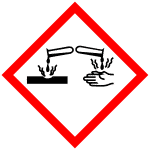

GHS05, GHS07 |
|---|---|
| 信号词 | Danger |
| 危害声明 | H302-H314 |
| 警示性声明 | P280-P305 + P351 + P338-P310 |
| 个人防护装备 | Eyeshields;Faceshields;full-face particle respirator type N100 (US);Gloves;respirator cartridge type N100 (US);type P1 (EN143) respirator filter;type P3 (EN 143) respirator cartridges |
| 危害码 (欧洲) | C:Corrosive; |
| 风险声明 (欧洲) | R20/21/22;R34;R40 |
| 安全声明 (欧洲) | S26-S36/37/39-S45 |
| 危险品运输编码 | UN 3261 8/PG 2 |
| WGK德国 | 3 |
| 包装等级 | III |
| 危险类别 | 8 |
| 海关编码 | 2934999090 |
|
4-(4,6-Dimethoxy-1,3,5-triazin-2-yl)-4-
Revision number: 5
methylmorpholinium Chloride SAFETY DATA SHEET Section1. IDENTIFICATION Product name:4-(4,6-Dimethoxy-1,3,5-triazin-2-yl)-4-methylmorpholinium Chloride
Revision number:5
Section2. HAZARDS IDENTIFICATION GHS classification PHYSICAL HAZARDSNot classified HEALTH HAZARDS Acute toxicity (Oral)Category 4 Category 1B Skin corrosion/irritation Serious eye damage/eye irritationCategory 1 ENVIRONMENTAL HAZARDSNot classified GHS label elements, including precautionary statements Pictograms or hazard symbols Signal wordDanger Harmful if swallowed Hazard statements Causes severe skin burns and eye damage Precautionary statements: [Prevention]Do not breathe dust/fume/gas/mist/vapours/spray. Do not eat, drink or smoke when using this product. Wash hands thoroughly after handling. Wear protective gloves/eye protection/face protection. [Response]IF INHALED: Remove victim to fresh air and keep at rest in a position comfortable for breathing. IF SWALLOWED: Rinse mouth. Do NOT induce vomiting. IF IN EYES: Rinse cautiously with water for several minutes. Remove contact lenses, if present and easy to do. Continue rinsing. IF ON SKIN (or hair): Remove/Take off immediately all contaminated clothing. Rinse skin with water/shower. Wash contaminated clothing before reuse. Immediately call a POISON CENTER or doctor/physician. [Storage]Store locked up. [Disposal]Dispose of contents/container through a waste management company authorized by the local government. 4-(4,6-Dimethoxy-1,3,5-triazin-2-yl)-4- methylmorpholinium Chloride Section3. COMPOSITION/INFORMATION ON INGREDIENTS Substance/mixture:Substance Components:4-(4,6-Dimethoxy-1,3,5-triazin-2-yl)-4-methylmorpholinium Chloride Percent:>98.0%(T) CAS Number:3945-69-5 Synonyms:DMTMM Chemical Formula:C10H17ClN4O3 Section4. FIRST AID MEASURES Inhalation:Remove victim to fresh air and keep at rest in a position comfortable for breathing. Immediately call a POISON CENTER or doctor/physician. Skin contact:Remove/Take off immediately all contaminated clothing. Gently wash with plenty of soap and water. Immediately call a POISON CENTER or doctor/physician. Eye contact:Rinse cautiously with water for several minutes. Remove contact lenses, if present and easy to do. Continue rinsing.Immediately call a POISON CENTER or doctor/physician. Ingestion:Immediately call a POISON CENTER or doctor/physician. Rinse mouth. Do NOT induce vomiting. A rescuer should wear personal protective equipment, such as rubber gloves and air- Protection of first-aiders: tight goggles. Section5. FIRE-FIGHTING MEASURES Suitable extinguishingDry chemical, foam, water spray, carbon dioxide. media: Specific hazards arising Take care as it may decompose upon combustion or in high temperatures to from the chemical:generate poisonous fume. Precautions for firefighters: Fire-extinguishing work is done from the windward and the suitable fire-extinguishing method according to the surrounding situation is used. Uninvolved persons should evacuate to a safe place. In case of fire in the surroundings: Remove movable containers if safe to do so. Special protectiveWhen extinguishing fire, be sure to wear personal protective equipment. equipment for firefighters: Section6. ACCIDENTAL RELEASE MEASURES Personal precautions,Use extra personal protective equipment (P3 filter respirator for toxic particles). Keep protective equipment and people away from and upwind of spill/leak. Entry to non-involved personnel should emergency procedures: be controlled around the leakage area by roping off, etc. Environmental precautions: Prevent product from entering drains. Methods and materials for Sweep dust to collect it into an airtight container, taking care not to disperse it. containment and cleaning Adhered or collected material should be promptly disposed of, in accordance with up: appropriate laws and regulations. Section7. HANDLING AND STORAGE Precautions for safe handling Technical measures:Handling is performed in a well ventilated place. Wear suitable protective equipment. Prevent dispersion of dust. Wash hands and face thoroughly after handling. Use a closed system if possible. Use a local exhaust if dust or aerosol will be generated. Advice on safe handling: Avoid contact with skin, eyes and clothing. Conditions for safe storage, including any incompatibilities Storage conditions:Keep container tightly closed. Store in a freezer. Store under inert gas. Protect from moisture. Store locked up. Store away from incompatible materials such as oxidizing agents. 4-(4,6-Dimethoxy-1,3,5-triazin-2-yl)-4- methylmorpholinium Chloride Section7. HANDLING AND STORAGE Heat-sensitive, Hygroscopic Packaging material:Comply with laws. Section8. EXPOSURE CONTROLS / PERSONAL PROTECTION Engineering controls:Install a closed system or local exhaust. Also install safety shower and eye bath. Personal protective equipment Respiratory protection: Dust respirator, self-contained breathing apparatus(SCBA), supplied air respirator, etc. Use respirators approved under appropriate government standards and follow local and national regulations. Hand protection:Impervious gloves. Eye protection:Safety goggles. A face-shield, if the situation requires. Skin and body protection: Impervious protective clothing. Protective boots, if the situation requires. Section9. PHYSICAL AND CHEMICAL PROPERTIES Solid Physical state (20°C): Form:Crystal- Powder Colour:White - Very pale yellow Odour:No data available pH: No data available Melting point/freezing point:No data available Boiling point/range:No data available No data available Flash point: Flammability or explosive limits: Lower:No data available No data available Upper: Relative density:No data available Solubility(ies): [Water]No data available [Other solvents] Soluble:Methanol Section10. STABILITY AND REACTIVITY Stable under proper conditions. Chemical stability: Possibility of hazardous No special reactivity has been reported. reactions: Incompatible materials: Oxidizing agents, Bases Hazardous decomposition Carbon monoxide, Carbon dioxide, Nitrogen oxides (NOx), Hydrogen chloride products: Section11. TOXICOLOGICAL INFORMATION Acute Toxicity:No data available Skin corrosion/irritation: No data available Serious eyeNo data available damage/irritation: Germ cell mutagenicity: No data available Carcinogenicity: IARC =No data available NTP =No data available Reproductive toxicity:No data available Section12. ECOLOGICAL INFORMATION Ecotoxicity: Fish:No data available Crustacea:No data available Algae:No data available 4-(4,6-Dimethoxy-1,3,5-triazin-2-yl)-4- methylmorpholinium Chloride Section12. ECOLOGICAL INFORMATION Persistence / degradability: No data available BioaccumulativeNo data available potential(BCF): Mobility in soil Log Pow:No data available No data available Soil adsorption (Koc): Henry's LawNo data available constant(PaM3/mol): Section13. DISPOSAL CONSIDERATIONS Recycle to process, if possible. Consult your local regional authorities. You may be able to dissolve or mix material with a combustible solvent and burn in a chemical incinerator equipped with an afterburner and scrubber system. Observe all federal, state and local regulations when disposing of the substance. Section14. TRANSPORT INFORMATION Hazards Class:8: Corrosive. 3261 UN-No: Proper shipping name:Corrosive solid, acidic, organic, n.o.s. II Packing group: Section15. REGULATORY INFORMATION Safe management ordinance of dangerous chemical product (State Council announces on January 26, 2002 and revised on February 16,2011): Safe use and production, the storage of a dangerous chemical, transport, loading and unloading were prescribed. SECTION 16 - ADDITIONAL INFORMATION N/A |
|
~98% 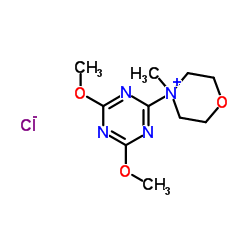
3945-69-5 |
| 文献:Hirano, Naoki; Saijyo, Masako Patent: US2003/153785 A1, 2003 ; |
|
~99% 
3945-69-5 |
| 文献:Kolesinska, Beata; Kasperowicz, Katarzyna; Sochacki, Marek; Mazur, Adam; Jankowski, Stefan; Kaminski, Zbigniew J. Tetrahedron Letters, 2010 , vol. 51, # 1 p. 20 - 22 |
|
~%
详细
|
| 文献:Kunishima, Munetaka; Ujigawa, Takae; Nagaoka, Yoshie; Kawachi, Chiho; Hioki, Kazuhito; Shiro, Motoo Chemistry - A European Journal, 2012 , vol. 18, # 49 p. 15856 - 15867 |
| 上游产品 3 | |
|---|---|
| 下游产品 3 | |


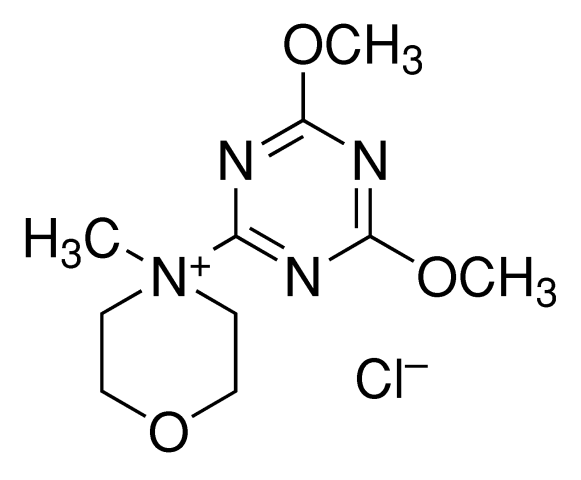

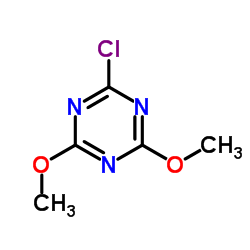
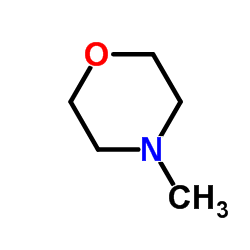
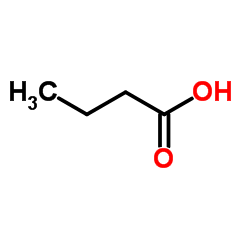
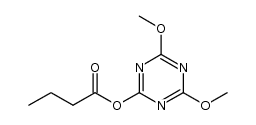
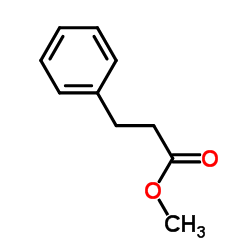
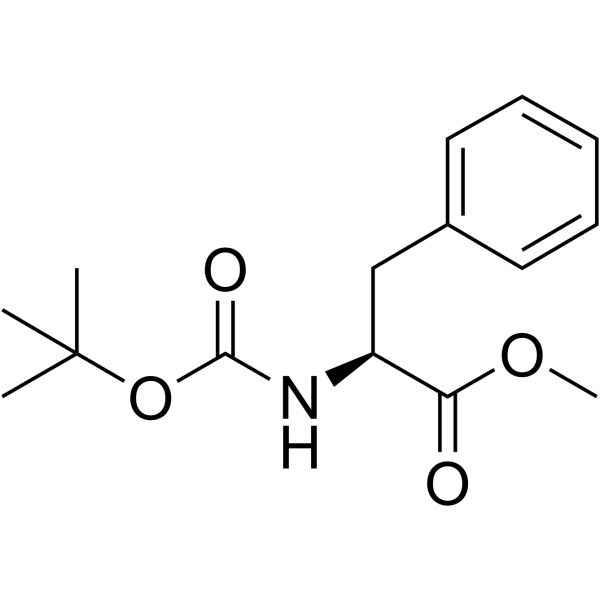
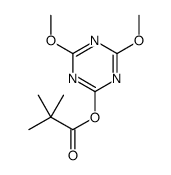





 浙公网安备 33010802013016号
浙公网安备 33010802013016号